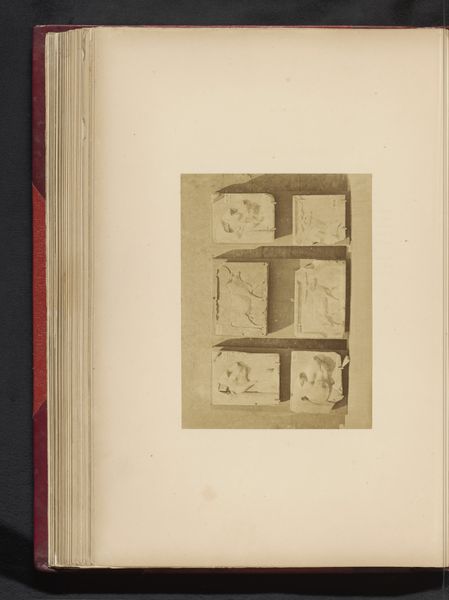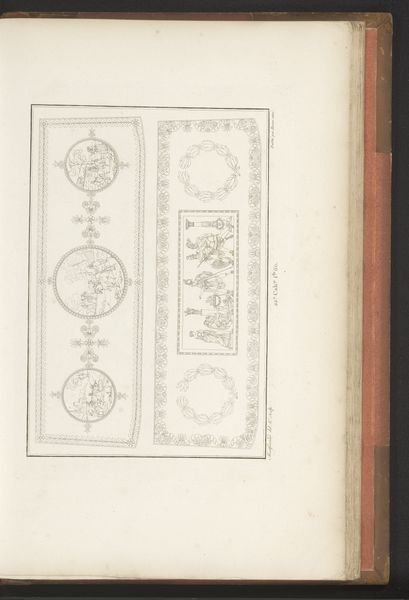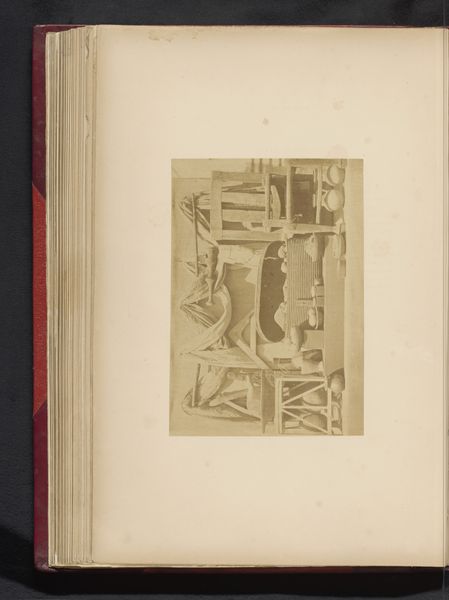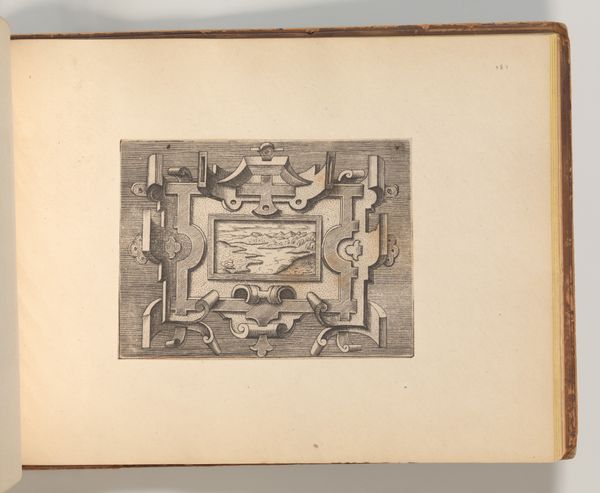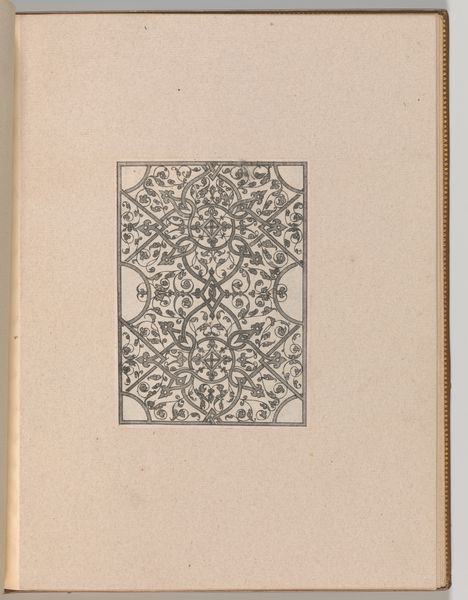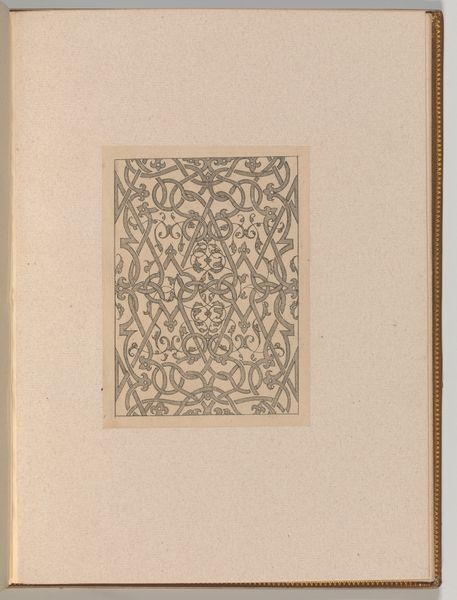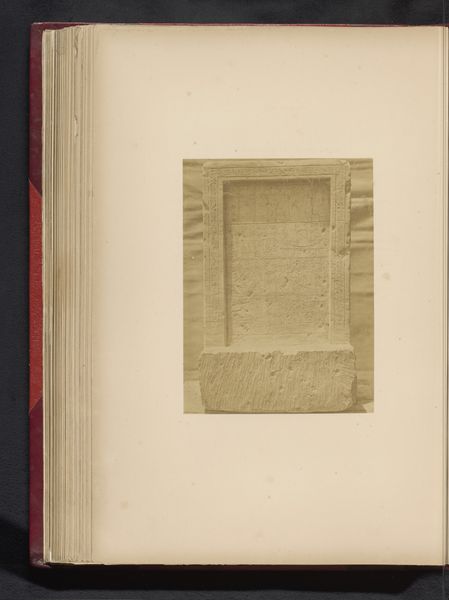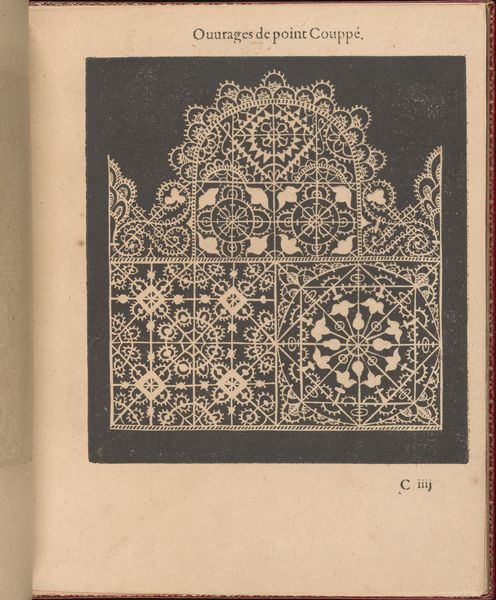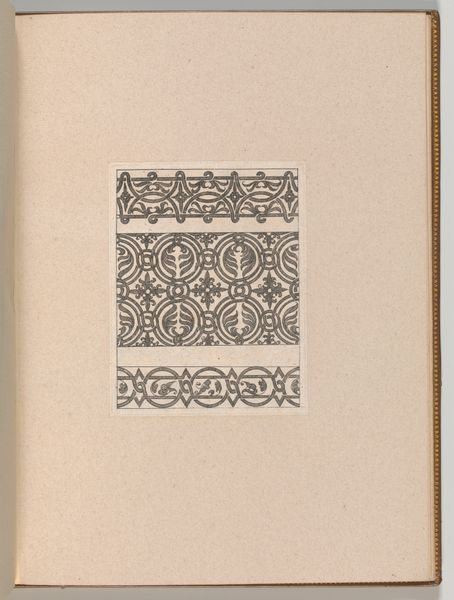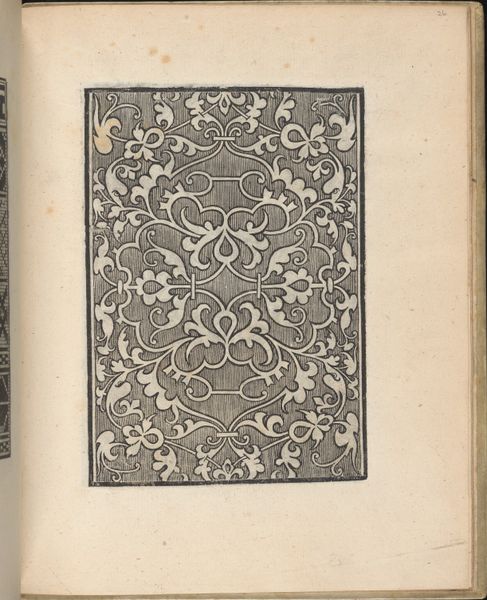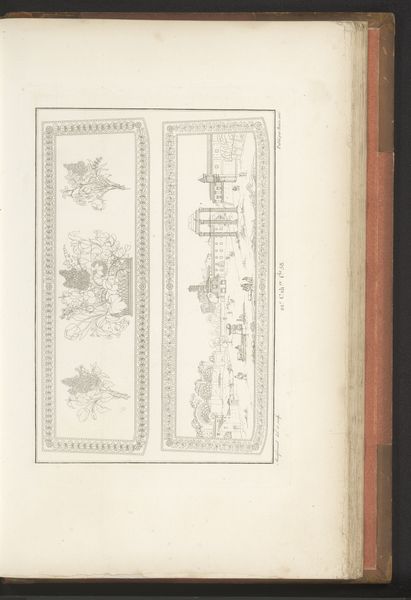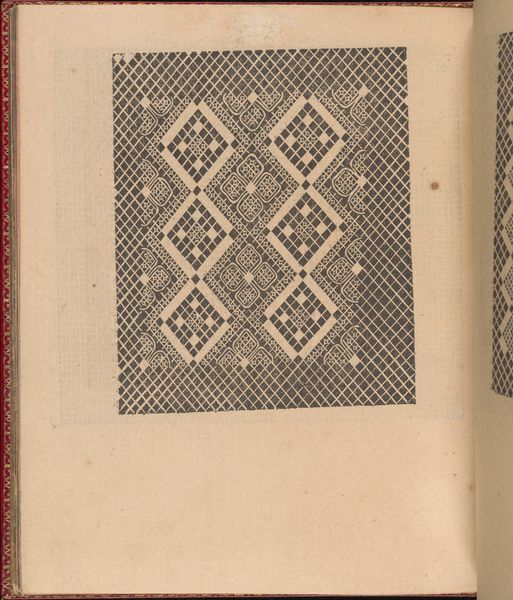
print, photography, collotype
#
aged paper
#
toned paper
#
homemade paper
#
paperlike
# print
#
ancient-egyptian-art
#
paper texture
#
photography
#
personal sketchbook
#
collotype
#
coloured pencil
#
folded paper
#
design on paper
#
historical font
Dimensions: height 232 mm, width 173 mm
Copyright: Rijks Museum: Open Domain
Editor: Here we have a photograph entitled 'Drie groepen scarabeeën in het Boulaq Museum in Caïro, Egypte,' attributed to Hippolyte Délié, dating to before 1871. It's a collotype print, a warm, sepia-toned image of scarabs displayed almost like specimens. It makes me wonder, what was the cultural context in which such documentation was created, and consumed? Curator: That's an excellent question. This image sits within a larger 19th-century context marked by burgeoning interest in Egyptology. The collotype printing process allowed for relatively easy reproduction, expanding access to knowledge about Egyptian artifacts, primarily for a European audience. Think about how museums at the time served to organize and display such "finds", reinforcing a colonial perspective and contributing to a specific, power-laden narrative of Ancient Egypt. What assumptions might viewers have brought to such images? Editor: So, these images circulated not just as records, but also as cultural currency. Do you think that Délié, as a photographer, was intentionally contributing to that narrative? Or was it more of an opportunistic endeavor? Curator: It’s hard to know Délié's precise intentions, but the photograph undeniably participated in the visual language that was shaping European understanding, and, indeed, ownership of Egyptian heritage. The stark, almost clinical presentation of the scarabs, divorced from their original context, turns them into objects of scientific scrutiny and, arguably, symbolic possession. This is tied to colonial projects, where the acquisition and display of artifacts legitimized imperial power. Editor: It's interesting to consider how this seemingly neutral photograph is anything but. I hadn’t really thought about the role of images like this in the context of colonial power. Curator: Precisely. Examining images like this allows us to unpack the complex relationship between art, representation, and the broader socio-political landscape. By understanding this history, we can critically analyze the role images still play in shaping our understanding of other cultures.
Comments
No comments
Be the first to comment and join the conversation on the ultimate creative platform.
